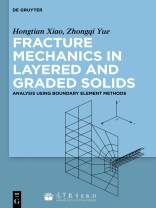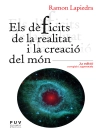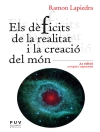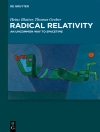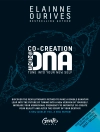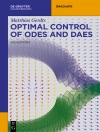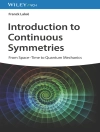Mechanical responses of solid materials are governed by their material properties. The solutions for estimating and predicting the mechanical responses are extremely difficult, in particular for non-homogeneous materials. Among these, there is a special type of materials whose properties are variable only along one direction, defined as graded materials or functionally graded materials (FGMs). Examples are plant stems and bones. Artificial graded materials are widely used in mechanical engineering, chemical engineering, biological engineering, and electronic engineering.
This work covers and develops boundary element methods (BEM) to investigate the properties of realistic graded materials. It is a must have for practitioners and researchers in materials science, both academic and in industry.
- Covers analysis of properties of graded materials.
- Presents solutions based methods for analysis of fracture mechanics.
- Presents two types of boundary element methods for layered isotropic materials and transversely isotropic materials.
- Written by two authors with extensive international experience in academic and private research and engineering.
表中的内容
Chapter 1 Introduction
Chapter 2 Fundamentals of elasticity and fracture mechanics
Chapter 3 Solutions of three-dimensional layered materials
Chapter 4 Solution based boundary element methods of static elasticity
Chapter 5 The multi-domain boundary element method for fracture mechanics
Chapter 6 Solutions based dual boundary element method for fracture mechanics
Chapter 7 Penny-shaped and elliptical cracks in functionally graded solids
Chapter 8 Rectangular cracks in layered and functionally graded solids
Chapter 9 Fracture mechanics of transversely isotropic bimaterials
Chapter 10 Conclusions and remarks
关于作者
Zhongqi Yue, University of Hong Kong; Hongtian Xiao, Shandong University of Sciences and Technology, China.
